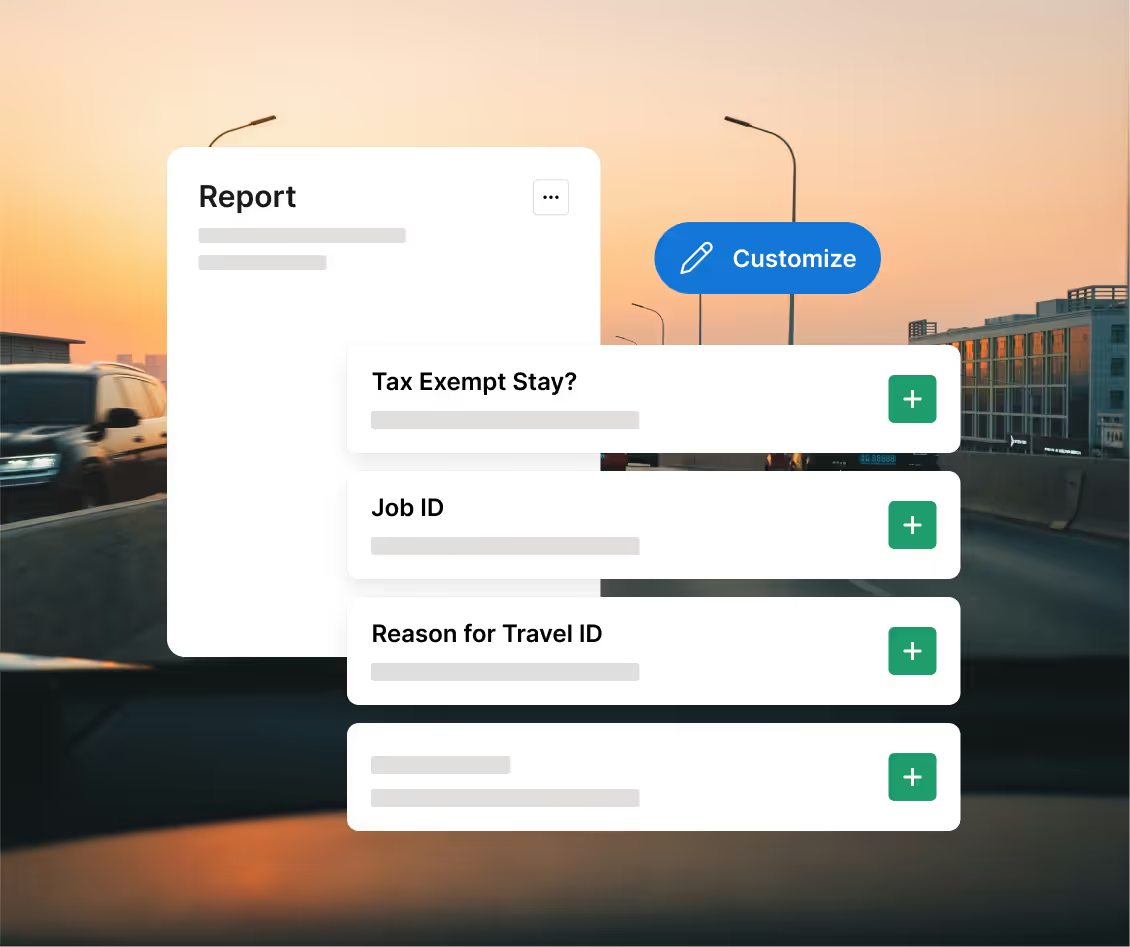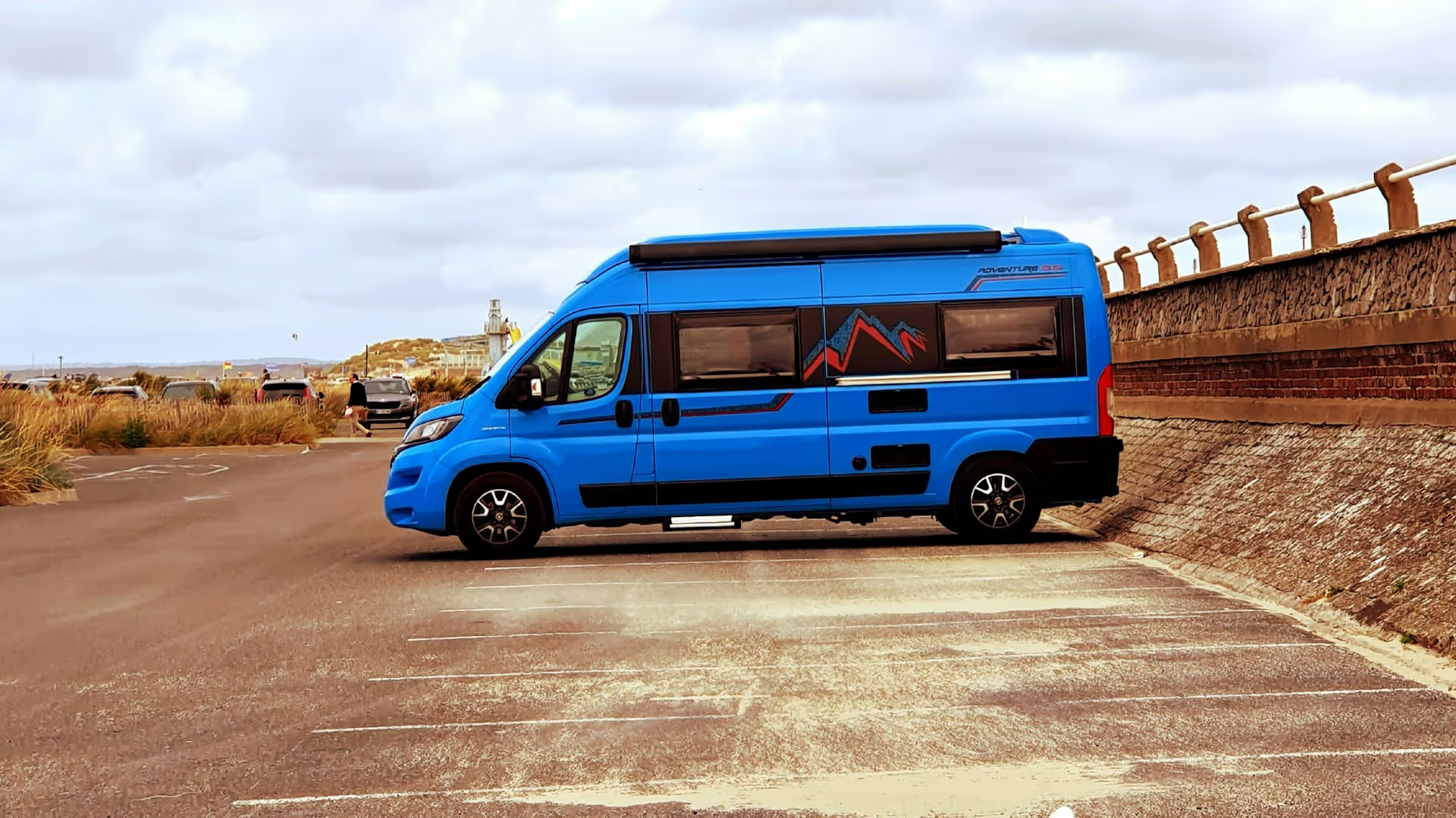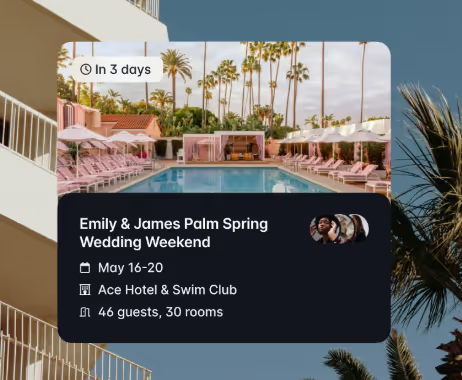Construction Expense Management: 9 Strategies to Control Costs

Your projects run on razor-thin margins. Industry data shows most construction firms clear an average of 6% profit on each job. A sliver that can disappear with just a few misplaced expenses.
That’s why expense management isn’t just bookkeeping. It’s survival.
This guide flips the script. Instead of chasing receipts and fixing budget problems after the damage is done, you’ll learn how to set up a system that protects margin from day one.
These nine strategies come from the field, not a finance textbook. Built for project managers, ops leads, and finance teams dealing with shifting timelines, scattered crews, and budget chaos.
Practical Strategies for Total Expense Control
You track every rebar to the dollar, yet project expenses still slip through the cracks. From labor and materials to equipment, travel, and subcontractors, lost receipts erode your margins.
Traditional bookkeeping can't keep pace with the nature of construction projects. Your team wastes planning time chasing documentation. By the time expenses are recorded, payment cycles have already closed.
This creates a dangerous cycle: understated construction project costs lead to underbidding future jobs based on flawed data, diminishing your margins over time. These financial leaks impact everything from current budgets to future bids, hiring decisions, and equipment investments.
These expense problems drain your profit margin faster than a broken water main. But fixing this chaos doesn't necessarily require fancy systems. It's about identifying where money leaks out and addressing those specific points.
Strategy 1—Implement Centralized Project Tracking
Start any audit by asking one question: "Can you tell me how much Project 1127 has burned on labor, fuel, and hotel rooms?" Most firms can't.
Their numbers live in four spreadsheets, two email threads, and a pile of crumpled receipts. That fragmentation is why costs blow past budget before anyone sees the warning lights.
A single tracking system fixes the blind spots. Platforms built for construction let you tag every dollar—labor, materials, equipment, travel—to a job code the moment it's spent. No more guessing where the bill belongs weeks later.

Shut down any side-channel that isn't feeding the hub. You'll know it's working when a project manager answers the audit question in under a minute and when your unassigned expense bucket drops below 1% of monthly spend.
Strategy 2—Build Schedule Change Protection Systems
Schedules slip. Weather hits, permits stall, owners add scope. Each day of delay kicks off a chain reaction from overtime to rental extensions and hotel nights nobody budgeted.
A single day delay for the construction of a data center can pile on a six-figure overrun once you add idle equipment and re-mobilization.
Protect yourself in the contract and in your travel bookings.
On the contract side, bake in clauses that shift cost for owner-driven changes, and insist on tight change-order turnarounds. After all, delays and vague change-order language are one of the top drivers of budget blowouts in fixed-price deals.
On the travel side, book flexible or refundable hotels or choose a car rental company that lets you swap dates without penalties.
Strategy 3—Time Your Resources Right
Cutting cost isn't the goal; timing cost is. Order steel too early and cash sits in inventory. Order it two days late and you pay premiums plus standby labor.
Firms using live resource dashboards are able to trim overruns because they can easily shift crews or deliveries the moment schedules change.
Use the same logic for equipment. Idle excavators rack up rental fees and crowd the site.
A live tracker linked to your schedule flags assets that haven't moved in 48 hours, giving you time to off-hire before the next billing cycle.
For crew deployment, pair your manpower plan with flexible group hotel bookings so headcount changes don't leave you paying for empty rooms.
Make sure to review your dashboards every Wednesday, as doing this mid-week gives you time to adjust before the weekend burn.
Strategy 4—Turn Vendor Relationships Into Leverage
Every supplier has stories about contractors who pay late and can't answer basic spend questions.
You need to flip the script. Data turns a price argument into a partnership discussion. Pull a 12-month spend report from your centralized system and walk into negotiations with facts: dollars by SKU, on-time payment rate, claim frequency.
If you don’t have this data yet, make sure you’re collecting it. Companies with clean spend history secure better terms because vendors trust the numbers.
But you should also be tracking more than price:
- Log delivery reliability (how often materials arrive when promised)
- Monitor quality consistency across shipments
- Track responsiveness to urgent requests
- Document change-order processing speed
- Note customer service quality when problems arise
- Record accurate invoicing and documentation
Rank vendors quarterly and share the scorecard. This transparency shows them where they stand and what needs improvement.
Good players earn preferred status and volume guarantees; laggards lose work.
Remember: the cheapest vendor often costs you the most when materials arrive late and crews stand idle. A reliable supplier charging 5% more saves you thousands in avoided delays.
Strategy 5—Use Real-Time Tracking and Adjustment
You know the drill with weekly cost reports. They're already old news. By the time that PDF lands, your crew has burned three more days of overtime. Real-time tracking is one of the only ways you can stop that lag.
Set up three clear response levels for construction cost overruns:
- Level 1: Project manager reviews daily spend and reallocates crews or materials immediately
- Level 2: Operations steps in to pull a vendor, renegotiate terms, or shift resources between sites
- Level 3: Executive team approves emergency contingency funds or makes the hard call to halt work
When everyone knows exactly who handles what at each threshold, problems get fixed in hours, not weeks. No confusion or no finger-pointing, just immediate action.
Strategy 6—Make Monitoring Non-Negotiable
Think of monitoring like safety meetings; small, frequent, and non-negotiable.
Hold a 15-minute cost huddle every Friday on site. Review this week's burn against schedule, flag surprise charges, and fix problems before Monday burns more cash.
Weekly check-ins can follow a simple format:
- 5 minutes: Compare actual spend vs. planned budget
- 5 minutes: Spot unexpected costs or overruns
- 5 minutes: Commit to specific fixes
Superintendents lead these meetings with field supervisors present. Track decisions in a shared document for accountability.
Once a month, go deeper with finance. Match forecast to actuals, verify job codes, and capture lessons for your estimating team. Tight monthly reviews prevent repeat mistakes.
Monthly sessions should cover:
- Variance analysis by cost category
- Trending expenses affecting project completion
- Change order financial impact
- Subcontractor billing accuracy
- Cash flow projections based on current burn
Crews using this two-tier approach catch budget problems much earlier than those using monthly reviews only.
Strategy 7—Create Reporting That Drives Decision-Making
Dashboards aren't wall art. They're steering wheels. Build three essential views that drive action:
- Project Cockpit (for Superintendents): Shows live profit margins to spot erosion in real-time, displays cash flow to manage site expenditures, and tracks pending change orders to anticipate budget shifts. This gives field leaders visibility to make daily cost corrections without waiting for weekly reports
- Portfolio Roll-up (for Managers and Operations): Displays margin by project to identify which jobs need attention, shows variance trends to spot patterns across multiple sites, and compares estimated vs. actual costs by category. This matters because it helps operations teams redirect resources where margins are suffering most before small issues become problems
- Executive Snapshot (for Leadership and Stakeholders): Presents a two-slide pack focusing on cash runway to ensure operational sustainability and bid capacity to guide business development efforts. This matters because it provides decision-making ammunition for planning without drowning leaders in details
Keep the visuals simple: red, yellow, green. If someone needs a training manual to read the chart, you built the wrong chart.
Strategy 8—Focus on Technology Integration That Actually Works
For construction project management, look for systems with mobile interfaces that handle daily reporting, equipment tracking, and material management in one platform.
Key features that actually matter:
- Mobile platforms that work offline when you're in the middle of nowhere
- Simple document storage for drawings and specs
- Time tracking with GPS that proves where work happened
- Materials tracking that links to what you ordered
- Photo documentation that shows when and where it was taken
- Digital approvals that kill the paper chase
For travel, choose a system that connects bookings to job numbers. Field leads shouldn’t be wasting time scrolling Google for hotels or calling to modify reservations.
Engine is built for project-based work. It tags every room to the right project, flexes with shifting schedules, and hands you one clean invoice at month’s end. No training manuals. No chasing receipts. No sitting on hold.

Strategy 9–Track What Matters
Without clear metrics, the whole plan is just nice talk. Focus on KPIs that tie straight to dollars:
- Cost Performance Index—anything below 1 means you're bleeding cash
- Schedule Performance Index—delays show up here before they hit the bank account
- Labor productivity measured as revenue per hour worked is also a quick way to spot crew issues
Allocation accuracy is widely accepted as foundational to reliable bids in construction. Review KPIs weekly, post them where crews can see, and celebrate wins. A transparent scoreboard turns cost control from accounting homework into team pride.
Keep the list short—six metrics beat sixty—and tie bonuses to what the team can actually influence. Put these nine moves in play and you shift from chasing receipts to steering profit.
Construction Expense Management Can Be Easy With The Right Tools
If you’re still juggling spreadsheets and chasing receipts, you’re losing margin while competitors dial in their systems and win more bids. You don’t need to fix everything at once.
Start with the biggest mess: crew travel. Multiple crews, shifting timelines, and too many credit cards—it’s where chaos hits hardest.
That’s where Engine comes in. We handle the booking, tag every charge to the right project, and send one clean invoice. No paper trail. No missed costs. Just travel that tracks itself.
Sign up at Engine for free and take control of crew travel today.



.jpg)





.jpg)

.jpg)




.avif)

.avif)





![What is an OBT? [+ Why They Matter]](https://cdn.prod.website-files.com/66a41388b1be9ba182f1e80c/66f97c4190ac5e26bea90c05_66a41388b1be9ba182f1efc0_online-booking-tool.avif)
.avif)
![How to Get the Best Hotel Deals and Rewards [Infographic]](https://cdn.prod.website-files.com/66a41388b1be9ba182f1e80c/66a41388b1be9ba182f1f257_Windsor_Hotel_-_in_winter.avif)


.jpg)













.avif)


